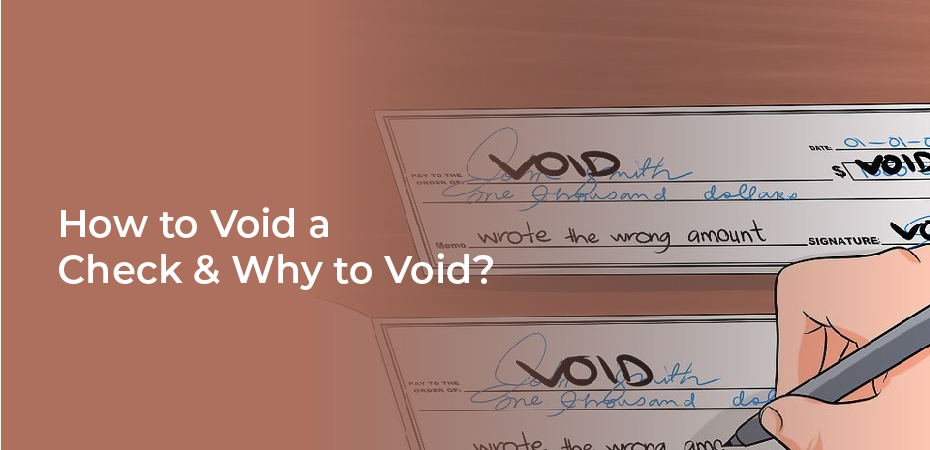Table of Contents
How to void a check? You can save time and hassle by getting your paycheck directly deposited into your bank account. You may feel intimidated if you have never set up a direct deposit before. In addition to filling out a form, most employers require a voided check to set up direct deposit.
Checks contain all the information your employer needs to ensure your paycheck is deposited into your account. You can order checks online if you don’t already have them.
Reasons Why You Need to Void a Check
When you provide a voided check, you can share your checking account information without allowing anyone to use the check.
A voided check may be required in the following situations:
- Setting up direct deposit: If you would like your paycheck deposited directly into your checking account, your employer may require a voided check so they can view your account information.
- Establishing automatic payments: Recurring payments, such as loans or utility bills, can be automatically deducted from your checking account on a set schedule, but this often requires a voided check.
- Voiding a check with errors: If you fill out a check, you may notice that you made an error in the recipient’s name or the amount. You can simply void the check by noting “VOID” on it, then write a new check.
There are workarounds you can use if you need to void a check for any reason but do not have one.
Checks Aren’t Available, What To Do
There are a few things you can do if you don’t have any checks, but require a voided check:
- Connect directly to your bank account: Many employers and businesses allow you to directly link your bank account using your login credentials or routing and account numbers, bypassing the need to provide a voided check.
- Preview a check on your bank’s website: Many banks offer a preview of checks when you order them online. In some cases, you may be able to print this preview image and write “VOID” on the check. But this may not always be sufficient.
- Get a “counter check” at your local bank branch: Most banks will provide you with a “counter check” at your local branch. You will be able to void a single check rather than an entire checkbook. Counter checks may incur a fee from some banks.
How to Void a Check to Set Up a Direct Deposit
Never hand someone a blank check. That person can fill it out and withdraw money from your bank account. Treat checks like cash. This is why employers ask for a voided check to set up a direct deposit, not a blank one. Voided checks can be made as follows:
- VOID should be written across the entire face of the check.
- Or, write VOID in the:
- Dateline
- Payee line
- Amount box
- Amount line
- Signature line.
Write this with a black or blue pen. You want the ink to be permanent. Record the voided check number in your check register after you void the check. It will help you remember that the check was voided and you are not waiting for it to clear your account.
Contact your bank immediately if that check number is posted to your account. In addition, if you use duplicate checks, make sure your VOID marks are visible on the duplicate as well.
Alternatives to Voided Checks to Set Up Direct Deposit
Even if you don’t have paper checks, you can still benefit from direct deposit.
- You can get a voided check by going to your bank and asking a teller to print it. This service may be charged.
- Direct deposit instructions are available from your bank. The information you require might be there.
The information you need from your bank to complete the form correctly will depend on whether your employer requires a voided check or uses a form instead. Specifically, you’ll need:
- Your routing number
- Your bank account number
- Name of the bank
- City and state of the bank
Your routing number is specific to your bank. Each bank has its own routing number. You have a unique bank account number. No two accounts with the same bank will have the same account number. The city and state of the bank are not the address of the branch you go to. They are the address of the bank’s headquarters.
You can find this information online, on your bank statements, on your checks (if you have them), or you can ask a teller for this information.

